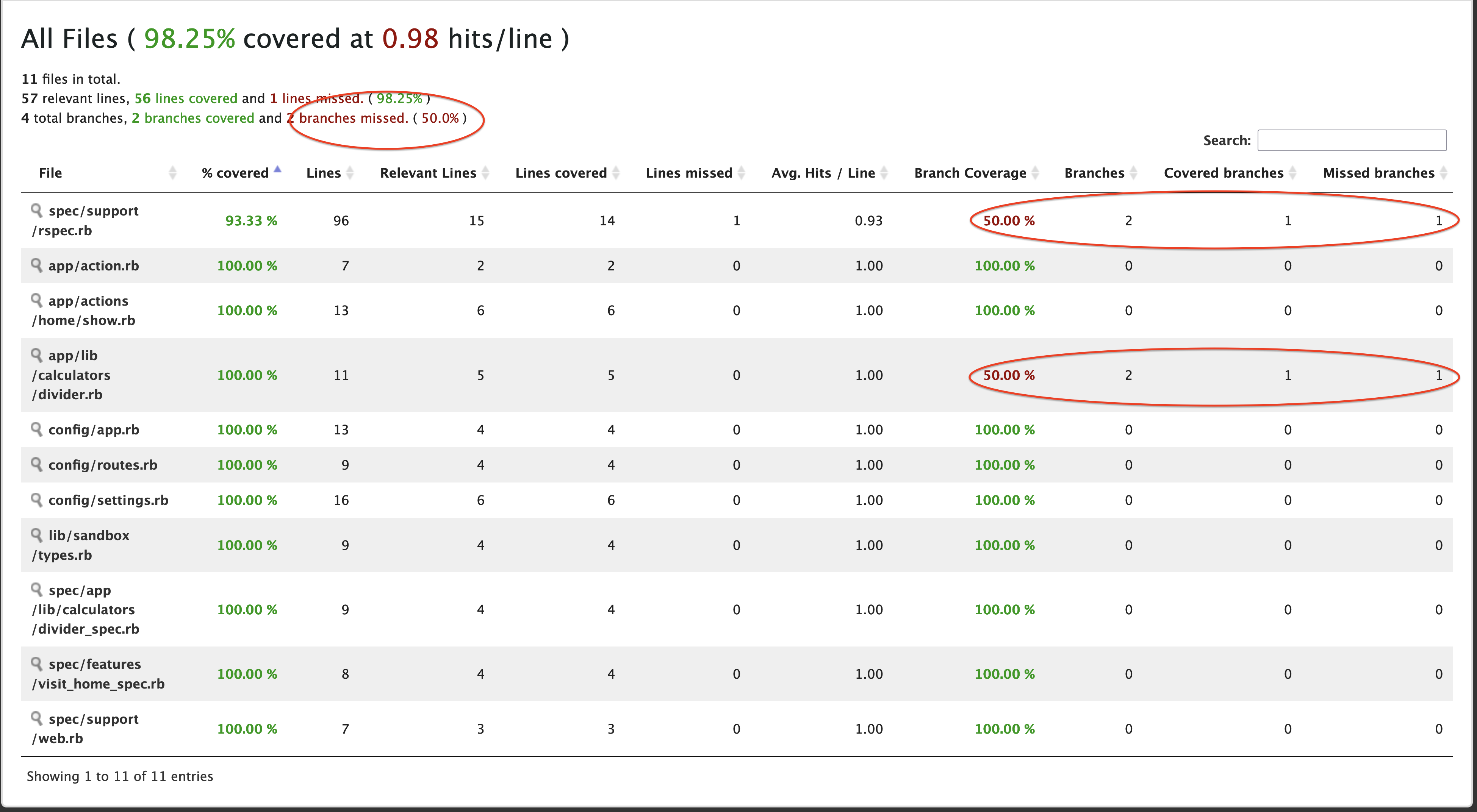As artificial intelligence (AI) continues to revolutionize the field of application development, one of its nearly all promising applications is usually in the world of code technology. AI-powered code power generators can significantly boost productivity, reduce human being error, and improve the program development process. However, ensuring the particular reliability and usefulness of the generated rules is a critical problem. One of many key metrics utilized to assess the quality of computer code is branch coverage. This article provides an introductory guide in order to understanding branch insurance coverage in AI signal generators, its significance, and just how it can be measured plus improved.
What is usually Branch Coverage?
Office coverage is a new metric employed in application testing to measure the extent that the branches of your control structure (like if statements, coils, and case statements) are executed. Within essence, branch insurance ensures that every possible branch (or path) of a selection reason for the computer code is tested with least once. This really is crucial for figuring out potential bugs or even logical errors which could not be apparent through other assessment methods.
For illustration, consider the subsequent code snippet:
python
Copy code
when condition:
# department 1
execute_task()
more:
# branch two
execute_alternative_task()
To attain 100% branch insurance coverage, tests must be conducted for the condition being true (executing branch 1) in addition to false (executing department 2).
Importance of Office Coverage in AI Code Power generators
Ensuring Code Reliability: AI-generated code should be trustworthy and function as intended. High branch coverage helps find and fix insects early in the particular development process, making sure the code works correctly under various conditions.
Enhancing Code Quality: Branch insurance ensures that all rational pathways are tested, bringing about higher-quality signal. It is particularly crucial in AI-generated computer code, where complex codes and decision-making techniques can introduce delicate bugs.
Compliance plus Standards: Many sectors have stringent criteria for software top quality and reliability. Ensuring high branch insurance can help meet these types of regulatory requirements and industry standards.
Boosting Confidence in AI Code Generators: Since developers and organizations increasingly rely upon AI for program code generation, demonstrating higher branch coverage may boost confidence inside the AI’s capability to produce reliable and even high-quality code.
Testing Branch Coverage
Testing branch coverage involves analyzing the program code to identify all decision points and making certain each achievable branch is executed during testing. A number of tools and strategies can help achieve this particular:
Instrumentation: This involves adding code to which in turn branches are accomplished during a test run. Tools love JaCoCo (for Java), Istanbul (for JavaScript), and coverage. py (for Python) can easily automatically instrument typically the code and provide detailed coverage reports.
Static Analysis: Tools like SonarQube plus CodeClimate can analyze the code with no executing it, determining potential branches and providing coverage estimates according to static analysis.
Dynamic Analysis: This involves executing typically the code having an arranged of test cases and monitoring which often branches are considered. This approach provides more accurate coverage metrics because it reflects the particular actual runtime behavior of the code.
Challenges in Attaining High Branch Protection
While achieving substantial branch coverage is desirable, it will come having its own collection of challenges:
Complex Control Structures: AI-generated code may be complex, with nested handle structures and lots of choice points. Ensuring almost all branches are covered can be labor intensive and require extensive testing.
Interdependent Conditions: Some branches may depend on certain conditions or claims which are difficult to reproduce in the check environment. This can help to make it challenging to obtain 100% branch insurance.
Performance Overhead: Instrumenting the code in order to measure branch protection can introduce performance overhead, slowing along therapy process. Handling coverage measurement using performance considerations is usually crucial.
False Perception of Security: High branch coverage truly does not guarantee the particular a shortage of bugs. This only makes certain that almost all branches are executed during testing. Reasonable errors or border cases may even now go undetected.
Methods to Improve Department Coverage
Improving department coverage in AI-generated code requires the systematic approach in order to testing and signal analysis. Here are a few tactics to enhance part coverage:
Comprehensive Test Cases: Develop the comprehensive set associated with test cases that cover all probable conditions and edge cases. Automated check generation tools may help create a broad range of test out scenarios.
Test-Driven Development (TDD): Adopt TDD practices, where studies are written ahead of the code. This ensures that all branches are believed during the growth process, leading in order to higher coverage.
Continuous Integration (CI): Incorporate branch coverage dimension into the CI pipeline. This makes certain that coverage metrics are tracked continuously, in addition to any regressions are usually identified and tackled promptly.
Peer Testimonials and Code Home inspections: Conduct regular expert reviews and code inspections to identify untested branches and even potential logical mistakes. This collaborative technique can assist improve general code quality.
Refactoring: Simplify complex manage structures through refactoring. reference improves legibility and maintainability nevertheless also helps to ensure profound results to achieve high branch coverage.
Conclusion
Department coverage is a vital metric intended for assessing the high quality and reliability involving AI-generated code. This ensures that most possible branches of your control structure are really tested, helping to be able to identify and fix bugs early inside the development process. While achieving large branch coverage can easily be challenging, adopting systematic testing strategies and leveraging ideal tools can drastically improve coverage metrics. As AI is constantly on the transform software advancement, ensuring high department coverage in AI-generated code will become crucial for building reliable, high-quality application that meets industry standards and regulatory requirements.

